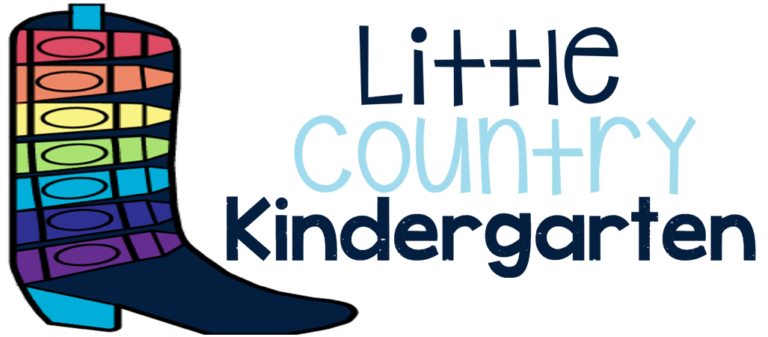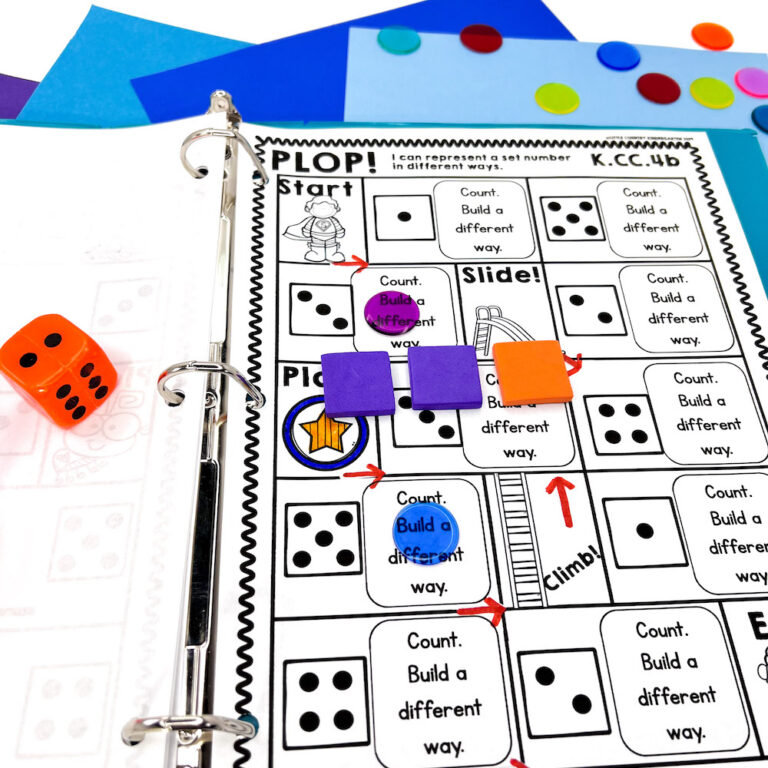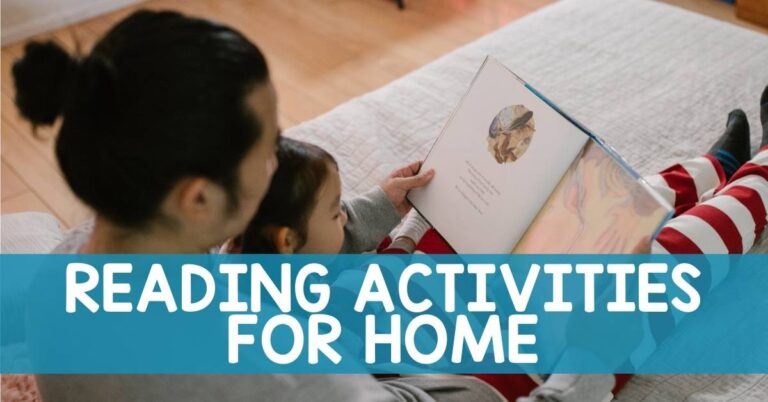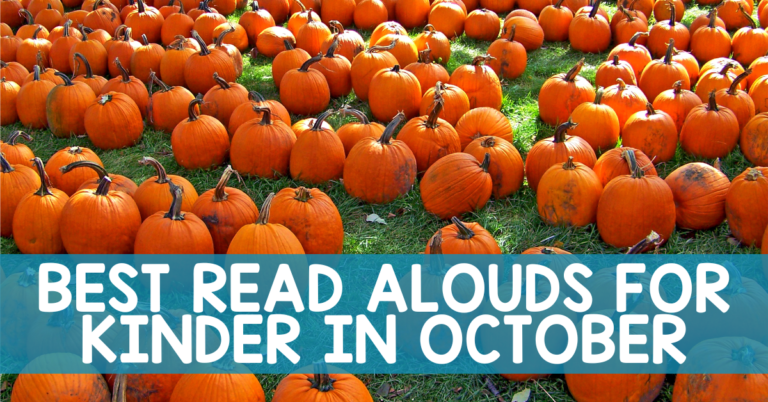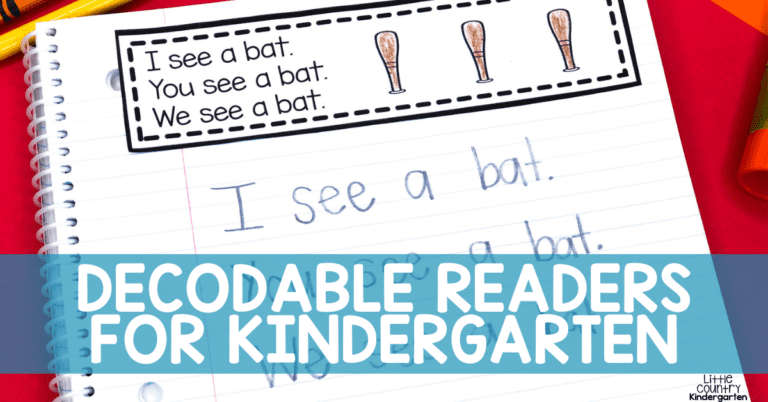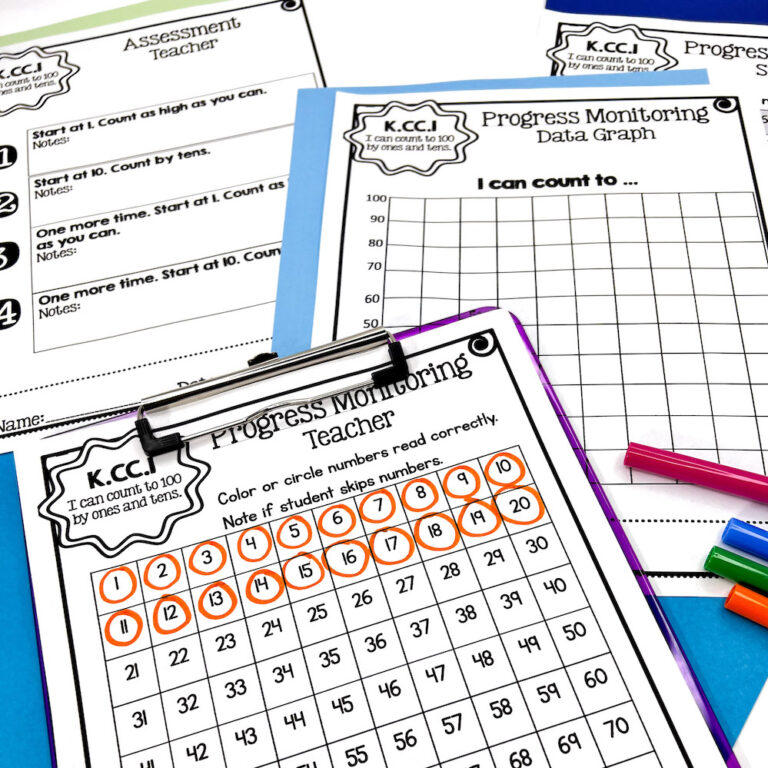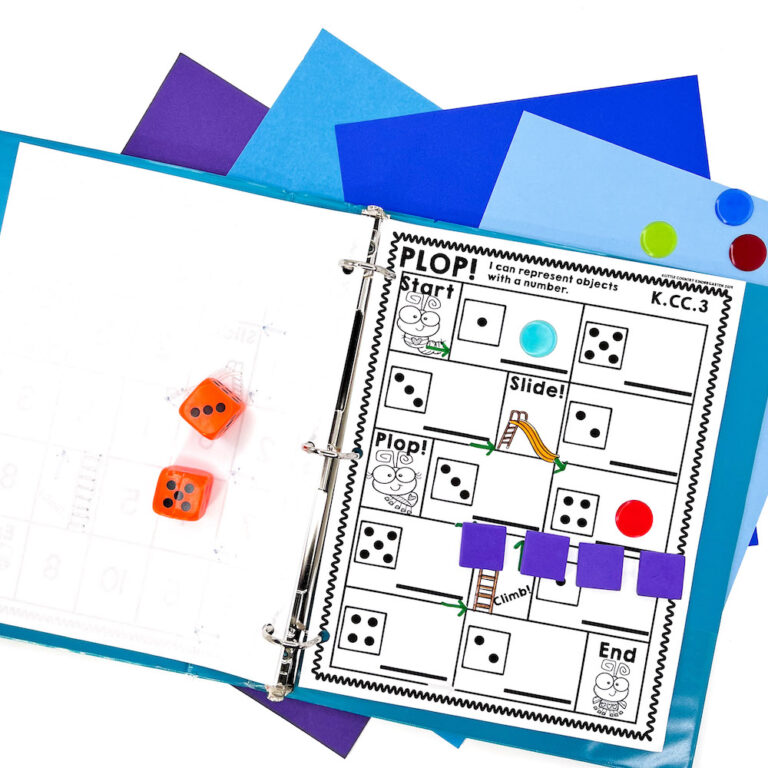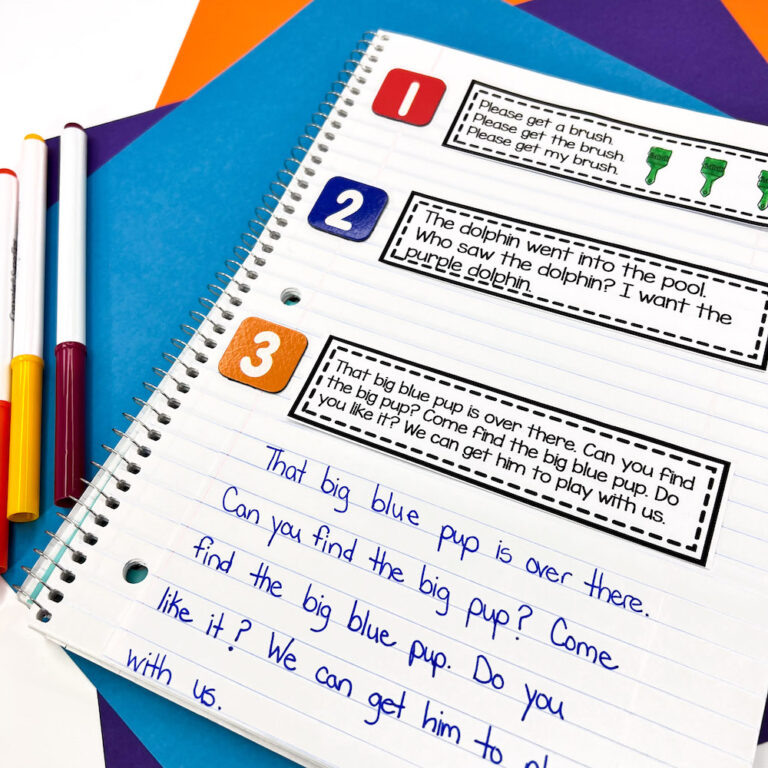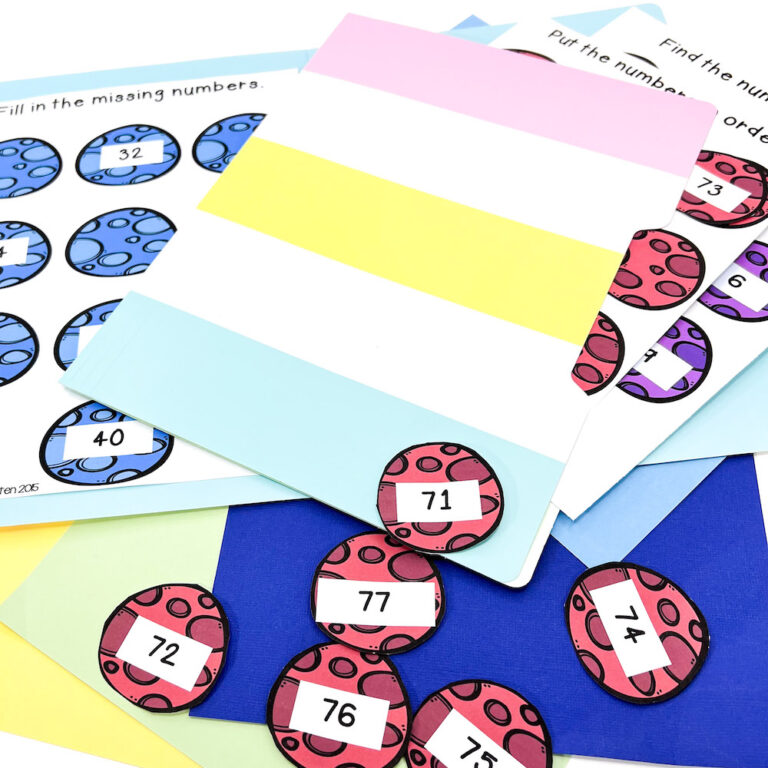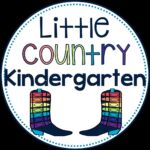Reading with expression is part of learning to read fluently. However, we all know that students have to be able to read with speed and accuracy before they can develop the ability to read with intonation. But reading like a robot isn’t fun for students or teachers and can’t last forever, right?
What is Reading with Expression? Why Does it Matter?
Reading with expression shows us many things. First, we can see if a student understands punctuation. Do they know to read with a more excited voice for an exclamation or do they pause for a comma? It also shows us if a student is comprehending the words they are reading in order to know what kind of voice to use such as if the character is angry or if the story is telling us about something really thrilling.
If students are silently comprehending as they are reading aloud they can adjust their tone and volume to read. This matters because it makes reading more enjoyable for the student reading and to those who may be participating with them. Reading with expression in kindergarten can be achieved, and it can be fun!
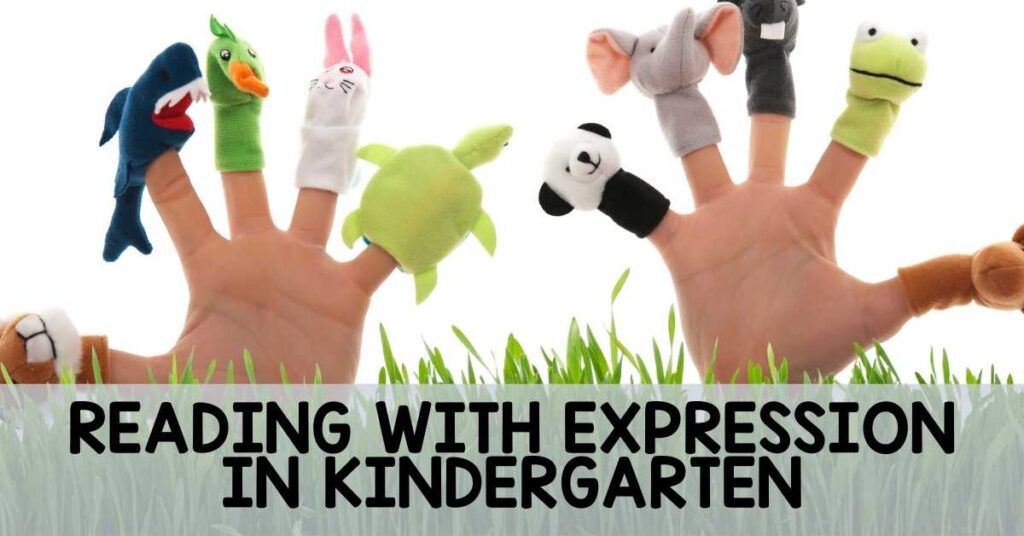
How to Teach Reading with Expression in Kindergarten
Modeling with Read Alouds
My favorite thing about teaching kindergarten is reading my students. I definitely support reading some books just for fun and not always having to connect a specific learning standard, but even these fun read alouds are a perfect time to model reading with expression. Most teachers, especially kindergarten teachers, already read like this. You pause dramatically, use character voices, and try to really engage your young students in your reading. If you are already doing this in your day then all you have to do is take a little extra time to consciously explain to them why you are reading like that.
Sometimes I pause and point out exclamation marks and show students that’s why I’m reading more excitedly or loudly. We’ll pause after a page and discuss how the character is feeling. Do we want to sound sad when we are reading about a child getting a new puppy? No! Modeling how you pause, use voices, change volume, and show emotions helps students understand how they can do these things when they are reading with expression. It’s also always fun to practice reading like a robot. Read a few sentences in a very monotone voice and see how students react. Then discuss how the story is more exciting when you read it animated than when you read in the flat tone.
“Don’t Let the Pigeon Drive the Bus” is my FAVORITE to model reading with expression! Pick books that have favorite characters, such as a book series that your students love, or that have lots of places to pause and keep your students’ attention. The Old Lady series is perfect because students know what to expect and think each book is hilarious. It also has lots of places to pause before you see what she swallows next and you can act so exasperated with her while reading.



Increase Student Interest with Puppets
Puppets are another fabulous way to teach reading with expression in kindergarten. These increase student interest, engagement, and confidence. Students who are reluctant to read are definitely more engaged if they get to pretend to be a lion or another character. Our shy students who might only want to read in a whisper often are more eager to read excitedly and loudly when a puppet is doing the reading!
It’s fun to read familiar texts with puppets so students can practice with texts they are already fluent with. This can be a fun activity to do on Fridays if you use weekly fluency or with a book you used earlier in the year for your book of the week. Students can more easily practice using different voices such as a princess, monster, or cowboy since they are confident with the text. Reading with different accents and as different characters is a fun way to teach students how to read with expression.
This pack of multicultural puppets is perfect if you are just starting out with puppets or reader’s theatre! Tabletop puppet theatres add a fun element for students to put on a show in small group or even to the whole class. Students also love the movie clapboard to announce when they are starting with “action!”



Partner Plays or Reader’s Theatre
Similar to using puppets, partner plays or reader’s theatre is another one of my favorite ways to teach reading with expression in kindergarten. Props and costumes engage students and they are motivated to practice their parts so they can perform for others. This can easily be an activity that you incorporate into your reading small group. First you can listen to your students read and help them as necessary. Then you could have them practice during their independent center by reading with a partner.
Some plays can incorporate chorus and echo reads if you put the lines on an anchor chart or SMARTboard behind the students during their performance. Repeated lines can be read together by the audience and cast or, for echos, the audience can repeat a line after the cast. Recording students’ performances for them to watch later is a favorite activity for my students for listen to reading center.
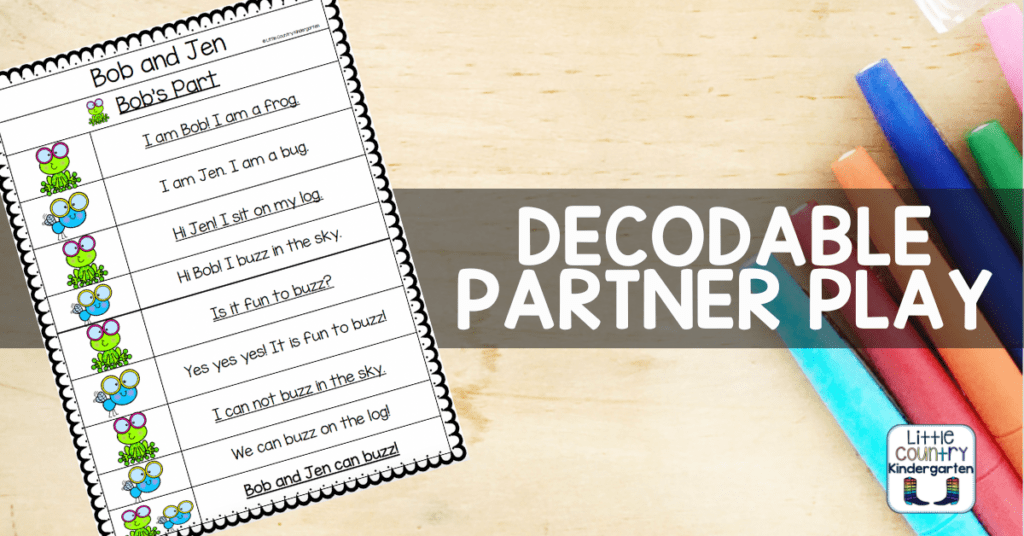
Reading with Expression in Kindergarten Takeaways
As your students become more engaged and confident readers, they will start having that love for reading you want to instill in them. Using fun read alouds and engaging them in text through puppets will keep them coming back for more. Partner plays or reader’s theatre are some of my students’ favorite ways to practice reading with expression.
Try a Free Partner Play to get your Kindergarteners Reading with Expression!
Partner plays are a fun way to get your kindergarteners reading with expression! They will love having a purpose to read and perform in front of their peers. You will love that they are reading with more fluency with the authentic practice they put in to perform a play. Try it in your classroom and see your kindergartners grow!
